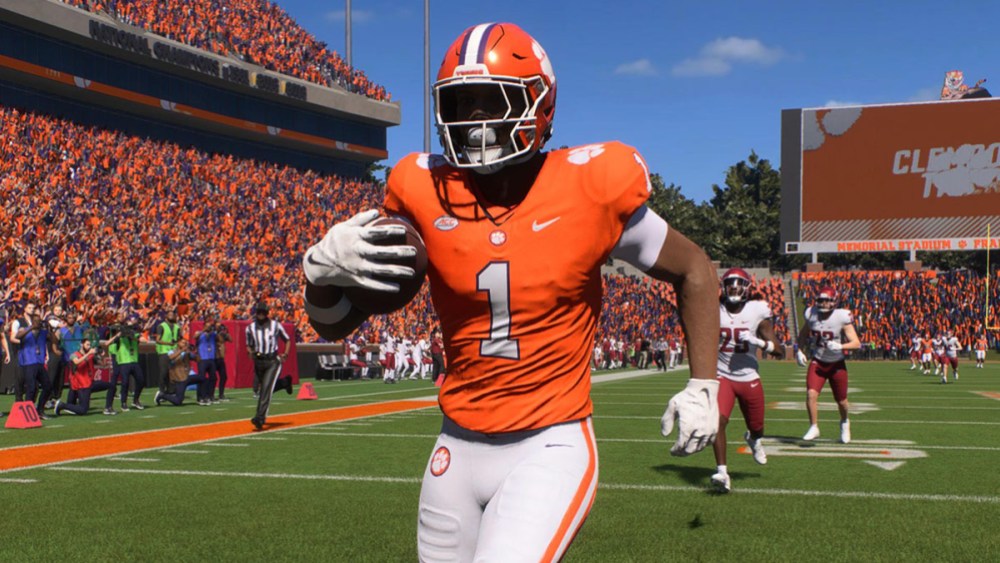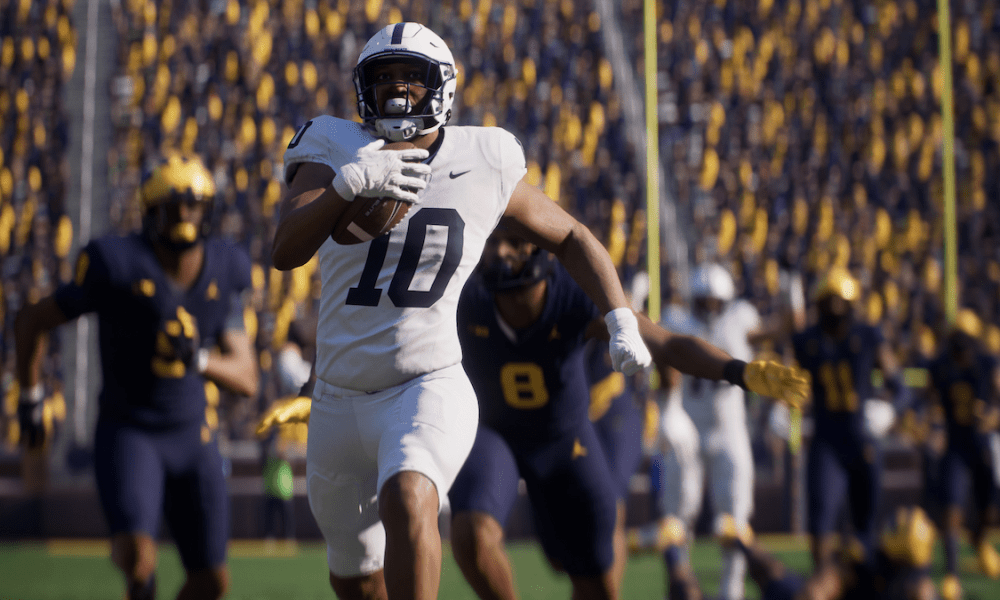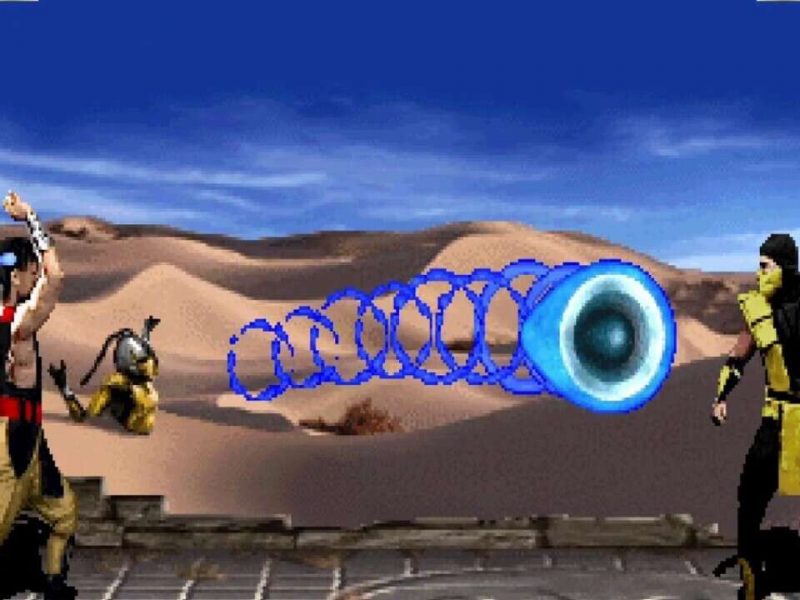If you’ve played enough video games over time, I’m sure you’ve heard of the term “rubberband AI” before. This describes a situation in single-player games where the AI is designed to stay as close to the competition as possible, even when the player is doing everything right. It’s the digital equivalent of a race car opponent suddenly matching your speed, no matter how well you drive. The Speed Parity slider in College Football 26 works kind of the same way, but with a more nuanced impact on gameplay.
To break it down to its most simplistic, Speed Parity determines the speed differential between fast players and slower players. The lower the setting, the more impactful player speed becomes. If Speed Parity is set to 0, then you’ll have rapid players blitz past anyone who isn’t as quick. In theory, this should mean that players with immense speed will be true game-changers.
On the flip side, if Speed Parity is set to 100 — its maximum setting — then speed means almost nothing. No matter how fast a player is, others on the field will hawk them down. Essentially, it compresses the entire game and makes everything equal to a degree. This is especially apparent in the passing game where even the most elite of athletes can’t create separation.
With that said, given the kind of community College Football 26 attracts, the argument shifts over to how to properly set Speed Parity in sliders to get the best results.

On paper, as we described above, Speed Parity seems self-explanatory and something that should have a clear effect. However, as some have pointed out over at the Operation Sports forums, the results aren’t as clear-cut as you would expect, meaning that Speed Parity is in need of some fine-tuning.
WWF80sKid — a respected veteran of the OS community — recently made a post, stating that setting the Speed Parity slider all the way to 0 has done little to make quick athletes blow past slow ones. However, the remainder of the community has weighed in and offered suggestions to get better, more realistic outcomes in that department.
According to TheWalkingCash, Speed Parity is best when set to 17, although pursuit angles can be negatively affected. Canes21, another reputable member of the community, said that WWF’s outcomes could come down to a number of factors, be it Wear & Tear, the cornerbacks’ pursuit ratings, or fatigue, among other things.
So, what’s our overall takeaway? Speed Parity works, but it’s not the only thing at play at any given time, either. As of right now, we’d go with Cash’s advice by starting it at 17, then making necessary tweaks after some games.
We might come back and update this article as more information becomes available and more people experiment with different settings.


